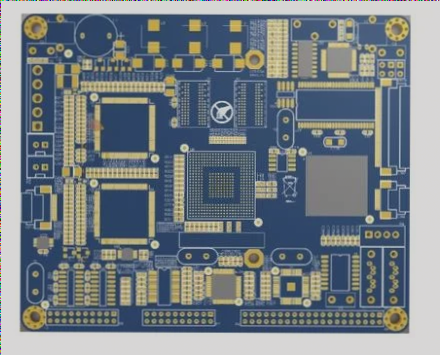
—
the fifth step:
After all the above items are qualified, confirm the plating instructions and notify the document control room to proceed.
Precautions for PCB plating test board inspection:
The first point:
To determine whether the electroplating test board is qualified, synthesize the section report from the test room, the etching report from the production department, and the actual measured aperture. The selection of the FA slice locations should include areas with large copper surfaces (or dense lines), isolated locations, and those specified by the customer. All three aspects must meet the following requirement:
The second point:
To assess the coating’s qualification, evaluate it against the standard. Besides verifying the minimum thickness requirements, ensure that it does not exceed the maximum allowable thickness.
The third point:
If the plating layer is excessively thick in isolated locations or too thin in certain lines (e.g., large copper surfaces), it is acceptable as long as the aperture requirements are satisfied.
The fourth point:
The criteria for determining whether the electroplating layer is qualified are as follows: For a finished hole wall copper thickness of 20μm, the copper thickness of the plating layer should ideally be between 18–23μm, without exceeding the lower limit. For two slices, exceeding the upper limit is permissible, but it should not exceed 30μm. When the finished hole wall copper thickness is 25μm, the copper electroplating layer should be controlled between 23–28μm, again without going below the lower limit. Two slices may exceed the upper limit, but not beyond 35μm. If the customer does not specify an upper limit for the coating, it can be slightly relaxed as long as the aperture and etching requirements are met.
Fifth:
For the same type of hole, the largest diameter will typically occur on the thinnest plate and densest area of the board. Conversely, the smallest diameter will appear in isolated positions on the thickest plate. All hole diameters should comply with the requirements.
Sixth point:
It is essential to distinguish between primary and secondary thickening processes for copper to ensure the electroplated copper layer is appropriate. The acceptance standard for the thickness of the secondary thickened copper electroplating layer should be reduced by 4μm.
Seventh point:
Inspect the etched board for residual copper, short circuits, or other anomalies, and identify the underlying causes.
Eighth point:
For boards that do not meet customer requirements across multiple test boards, it is crucial to investigate the reasons and propose corrective measures to prevent similar issues in mass PCB production.
—
Let me know if you need any further adjustments!




